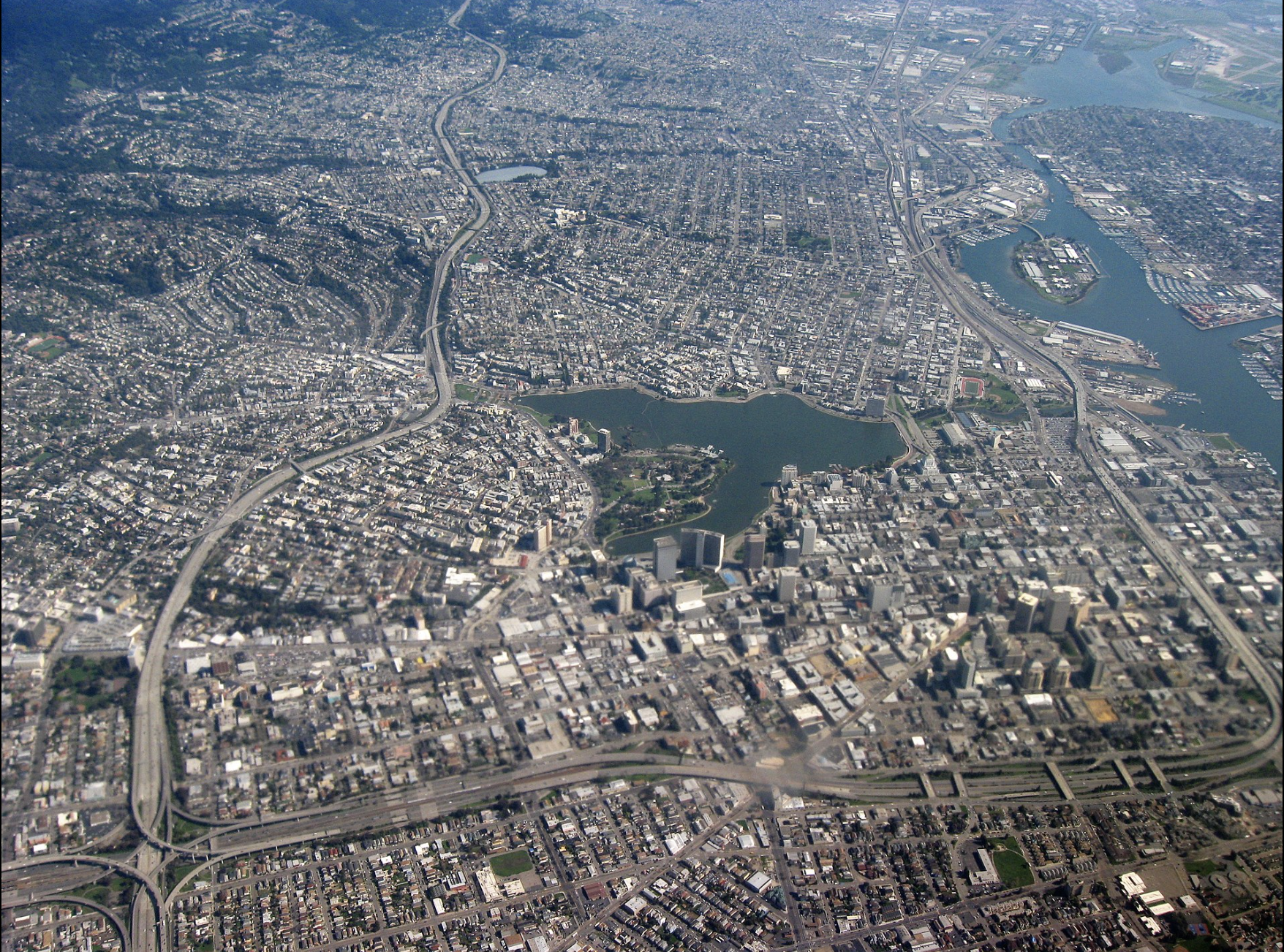
Salman, J. (2022) How one city closed the digital divide for nearly all its students The Hechinger Report, April 14
This report shows what can be done, at least in urban areas, to reduce the digital divide for online learning. It is an excellent piece of reporting, and anyone concerned with bridging the digital divide should read the article in full. Here is a brief summary of the main points.
The problem
At the start of the pandemic, in Oakland, California, 40 miles north of Silicon Valley, only 12 percent of low-income students, and 25 percent of all students, in Oakland’s public schools had devices at home and a strong internet connection.
The outcome
Two years into the pandemic, Oakland has been able to connect 98 percent of the students in the district. As of February, the city had provided nearly 36,000 laptops and more than 11,500 hot spots to low-income public school students.
How it was done
This was a result of a public-private partnership called #OaklandUndivided that included the school district, the Mayor’s office, the nonprofit Tech Exchange, Oakland Promise and other community-based organizations, initially in response to the Covid-19 pandemic. This partnership is helping to close what is becoming known as the ‘homework gap’: students who cannot complete homework assignments because they lack computers or adequate internet access.
The city found though the problem was much wider than just schooling. ‘Almost every resource and piece of information about Covid-19, including where to get food and how to apply for unemployment benefits, was being provided digitally.’
However, it’s not just wi-fi hot-spots and devices that are needed to close this divide.:
- The school district’s IT infrastructure needed to be upgraded, including better IT support for schools and teachers,
- systems to collect necessary data, such as how many devices schools had and how many students were not completing homework assignments, had to be implemented
- tech support and digital literacy training for parents, students and some teachers was also necessary
- an extra US$12 million was raised through funding campaigns plus funding through the Federal government’s Elementary and Secondary School Emergency Relief Fund and Emergency Connectivity Fund during the pandemic
- parent advocacy groups were used to get the message out to parents about the plan.
Comment
It should be noted that the Oakland School District is not a rich jurisdiction; it is currently facing a financial crisis due to funding cuts by the State of California, so finding a way for the partnership to survive is essential.
The partnership is also probably unique to the American system, but it is possible to envision similar partnerships in other countries but with different types of partner. The important point is that:
(a) the problem of the digital divide was fully recognised;
(b) a comprehensive strategy was adopted to close that divide that drew on resources much wider than the school district’s;
(c) although the pandemic was a stimulus to solving the problem, the problem existed before the pandemic and is likely to continue afterwards if there is no strategy to tackle it.
Oakland has shown that such a serious problem can be tackled successfully, if there is a will and a strategy to do it, and not only do students benefit but the whole community.








 Dr. Tony Bates is the author of eleven books in the field of online learning and distance education. He has provided consulting services specializing in training in the planning and management of online learning and distance education, working with over 40 organizations in 25 countries. Tony is a Research Associate with Contact North | Contact Nord, Ontario’s Distance Education & Training Network.
Dr. Tony Bates is the author of eleven books in the field of online learning and distance education. He has provided consulting services specializing in training in the planning and management of online learning and distance education, working with over 40 organizations in 25 countries. Tony is a Research Associate with Contact North | Contact Nord, Ontario’s Distance Education & Training Network.
